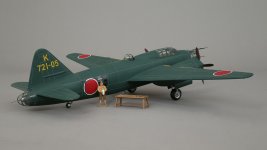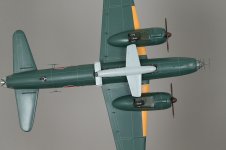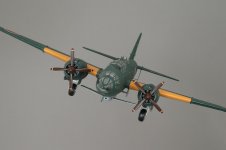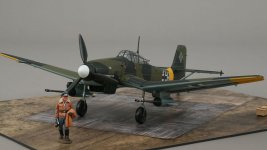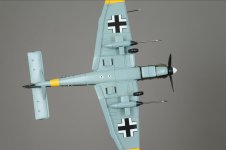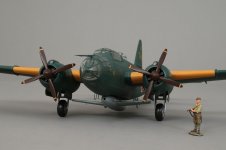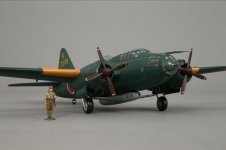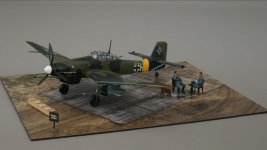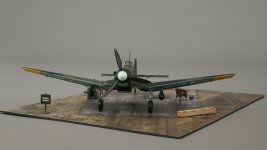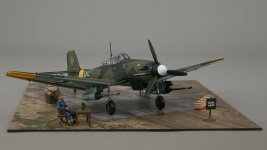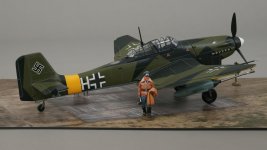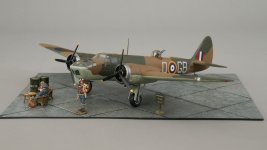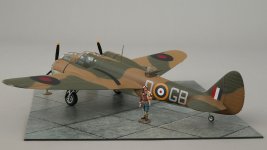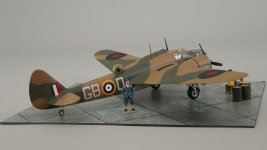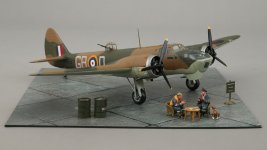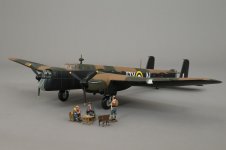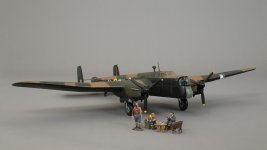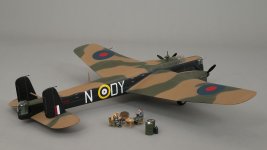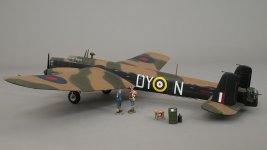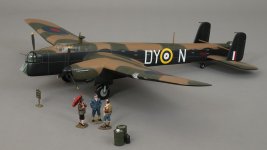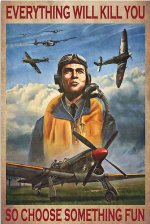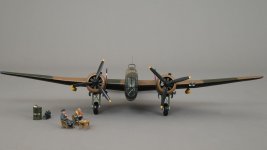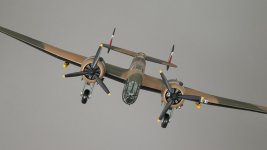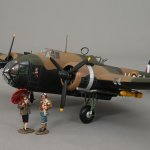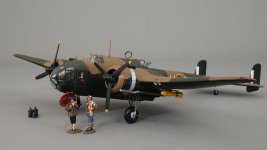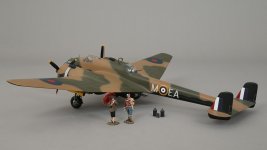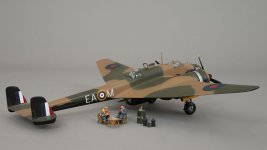Dear all, apologies but the wrong pilot was attributed to our Blenheim which was flown by Hughie Edwards, his story is below:
Air Commodore Sir Hughie Idwal Edwards, VC, KCMG, CB, DSO, OBE, DFC
(August 1, 1914 – August 5, 1982).
Hughie Idwal Edwards was the third of five children born to Welsh parents who had emigrated to Fremantle, Western Australia in 1909.
On 15[SUP]th[/SUP] June 1941, Edwards, acting Wing Commander, commanded 6 Blenheims on a mission seeking out enemy shipping anchored near The Hague. They launched a low-level attack on 8 merchant vessels and Edwards bombs hit a 4,000-tonne ship receiving the Distinguished Flying Cross (DFC) for his actions.
July 4[SUP]th[/SUP] 1941 Edwards was the lead aircraft in Operation Wreckage; a daylight attack by Blenheims against the port of Bremen, one of the most heavily defended towns in Germany.
12 bombers took off from RAF Swanton Morley, Norfolk, flying in to attack from a height of just 50ft (15m) whilst dodging telephone wires, high voltage power lines and barrage balloons and evading anti-aircraft fire over the port. Intense fire resulted in the loss of four aircraft but Edwards brought his remaining aircraft safely back, although all had been struck and his own Blenheim IV V6028 – coded GB-D, had been hit more than 20 times.
Edwards was awarded the Victoria Cross for his bravery.
He returned to live in Australia, was knighted and became Governor of Western Australia in 1974. Air Commodore Sir Hughie Edwards passed away on the 15[SUP]th[/SUP] August 1982 on his way to a Test Match at the Sydney Cricket Ground.
The word ‘Hero’ is banded around today, but Hughie Idwal Edwards was the personification of that word ‘Hero’.
